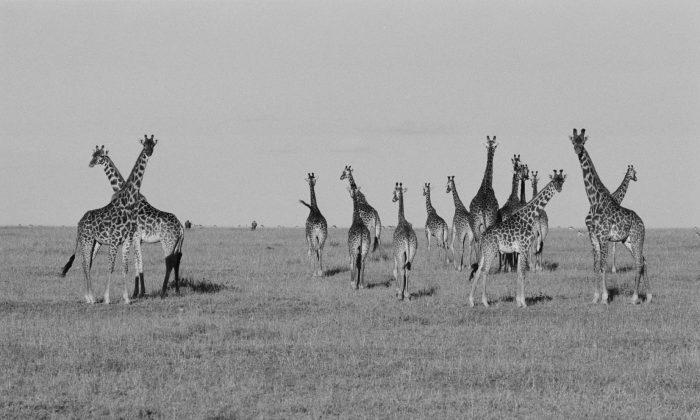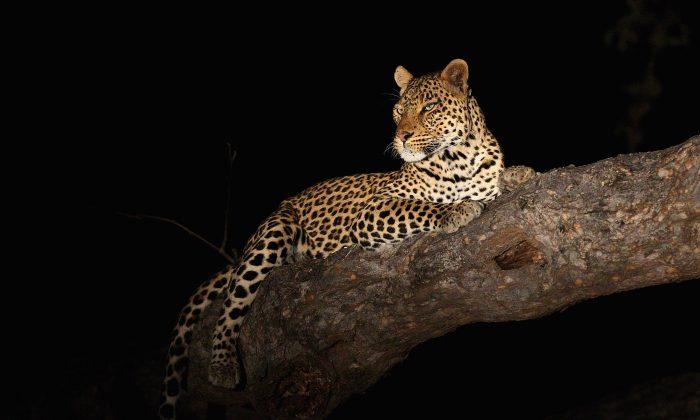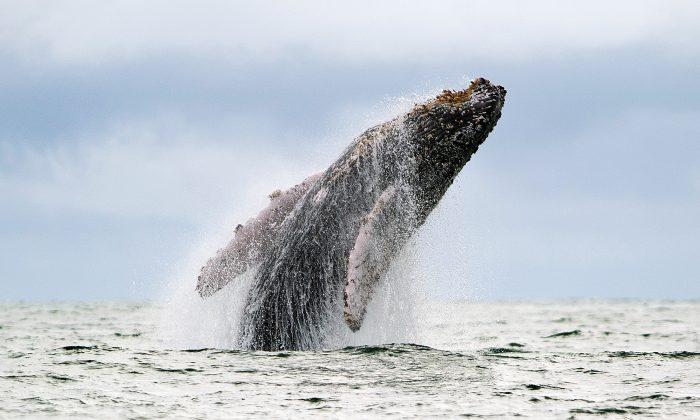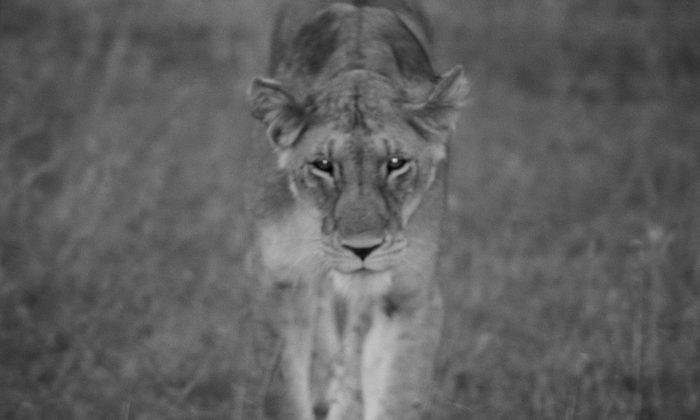They are the great sentinels of the plains, towering ambassadors who root the earth to the sky like no other creature on earth.
“I know of a song of Africa, of the giraffe and the African new moon lying on her back," wrote Isak Dinesen in “Out of Africa.” It is no coincidence that Isak loved them so much, their languorous strides, their seemingly innocent, inquiring gaze.
They are the greatest antelope on earth and tower over existence with a dancer’s walk. The lion has its ferocity, the elephant its power, and the giraffe, its stride. The giraffe tempers Africa with steps of magnificent nonchalance and alertness befitting its height. They inspired my son Lysander, 11 years old, to write that they are the “messenger of knowledge itself."
It was not knowledge the Khedive, the Viceroy of Egypt was after when he sent a giraffe to King Charles X in 1826 as a gift. It was a politically motivated gesture to encourage the French to stop supporting the Greeks under the rule of the Ottomon empire.
The giraffe caused a frenzy of fascination as it marched on its final journey from the Mediterranean coast up to Paris. The milk of three cows had to accompany the giraffe on its journey. Its name, Zarafa, in Arabic means “the lovely one." Its name could not be better chosen.
But today the grace and poise the giraffe embodies is menaced all over Africa. Its numbers have plummeted over the last generation. Some say 40% have disappeared due to hunting and loss of habitat. There may be no more than 80,000 on the entire continent. The bush meat trade has taken its toll due to the fastest growing population on earth, that of Africa.
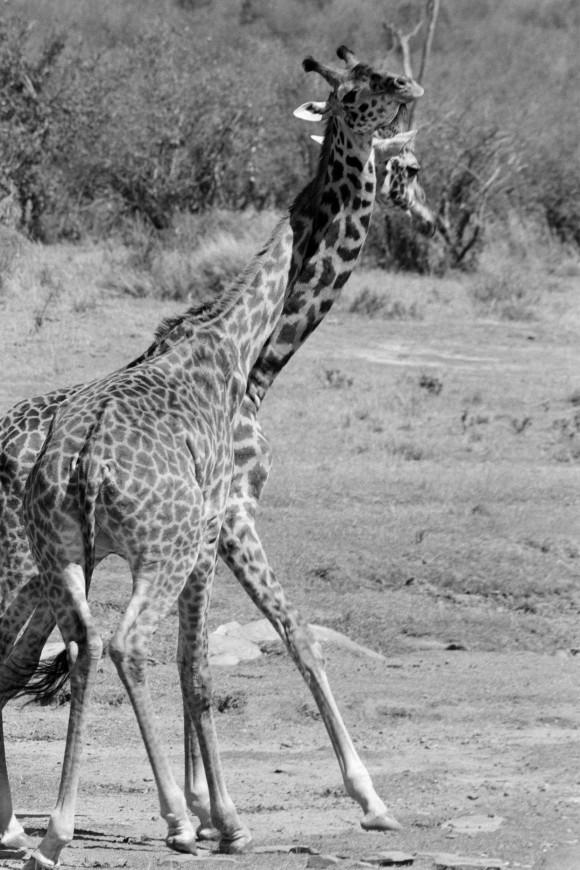
“In the long years before them, will the Giraffes sometimes dream of their country? Where are they now, where have they gone to, the grass and the thorn trees, the rivers and water holes and the blue mountains?“ wrote Dinesen with singular clairvoyance.
I saw my first giraffes at 15, dazzled by the soil and light of Kenya.
Lysander was only 1 year old, captivated by the gentleness of a creature with whom man has had no conflict.
As Africa’s sky-rocketing population absorbs the natural world, the giraffes are receding. Where skyscrapers are erupting in the cities, the giraffes seem to be fading from view. “Where have the other Giraffes gone to, that were side by side with them when they set going, and cantered over the undulating land? They have left them, they have all gone, and it seems that they are never coming back,” wrote Dinesen.
But come back they must or the tallest marvel of nature will be resigned to history.
When I first went to Africa in 1975, the killing fields of the elephant had not yet completely taken hold. The lion was not endangered as it now is, and the soil of Africa glistened like a new language over the horizon of the world.
Lysander took his first steps at 11 months in Africa. Cantering giraffes greeted him with thunderous hooves, and Creation seemed like an open promise of endless light. Will Africa still move with its wondrous megafauna a generation or two from now? Will there be anything left but the human mist pervading every dimension of space and time?
When we returned to London in 2006, we took Lysander to play in a sandbox in Hyde Park with children from all over the world. After a few minutes, I noticed in the corner of my eye an 18-inch cork giraffe sitting on a wooden pole, waiting for someone like me to rescue it. In a small plastic envelope, it had a message attached to its neck. The message in French said, “This giraffe has undertaken a trip around the world. If you have had the good luck and chance to find it, take it with you and let it have a journey with you until you can confide it to someone else.“ In English the message said ”This is a very special giraffe. He is on a tour of the world. I found him in Toulouse, France and before that I believe he came from North Africa.” A small Zarafa originally from North Africa, just like its historical counterpart, came back in altered form to awe the children of Europe. On the other side of the piece of paper the message read, “Please look after this giraffe.”
I still have the giraffe, almost eleven years after we found it. I admit I do not know to whom I should give it. It will have to be to someone who loves giraffes and animals very much.
Ours is a fragile time and what parents teach their children will mean the survival of the planet. The insane destroyers of life, the trophy hunters, are not helping the rapidly decreasing population. Childhood wonder, which we sought to instill in Lysander at an early age, has its counterpart in assassination. We are an ontologically divided species. We can either rescue what remains and restore ourselves or pursue the killing fields and ultimately oblivion. In a dislocated time, the aptitude of stillness from nature is the only antidote to the maelstrom of the wired world that daily assails us.
The giraffe is an unequalled ambassador to this stillness. They rarely emit a sound. They are not mute, but they usually keep their voice for their young ones. Would that we salvage their place in the savannah in time. Few of us will ever hear what they have to say, but if we could, I would offer the possibility that they have seen glimpses of themselves in the Camelopardis constellation in the sky, the giraffe. Before the constellation of species before us and those that are vanishing, we should all be mute with the shame of our species.
The giraffe walks with the pride of sheer harmless equipoise. Its perfect stride should be a message that the arrogance of our kind needs tempering and that the commercial bush meat dealers need to be brought to justice and fast.
The grand elongation the giraffe offers is more than mere stature. The giraffe offers another horizon, another vantage point for us, a species trying to come out of its adolescence. Right now we are mutilating ourselves and the rest of Creation. If the giraffe should survive our onslaught it will have to come from the native people of Africa. For the rest of us, can we endure the world without the great Pleistocene fauna that still exists in Africa like nowhere else?
The giraffe is a holdover from millennia gone by, but its unique place in the world is now in question. Our place in the world is now in question. “As to us, we shall have to find someone badly transgressing against us, before we can in decency ask the Giraffes to forgive us our transgressions against them.
“The children will be frightened at the sight and cry, or they will fall in love with the Giraffes, and hand them bread,” wrote Dinesen.
Lysander fell in love with giraffes as everyone does. But now we have to fight for the giraffe’s future or else an irreplaceable sentinel of the savannah will vanish and with it a central key in the heart of children and humanity the world over.
